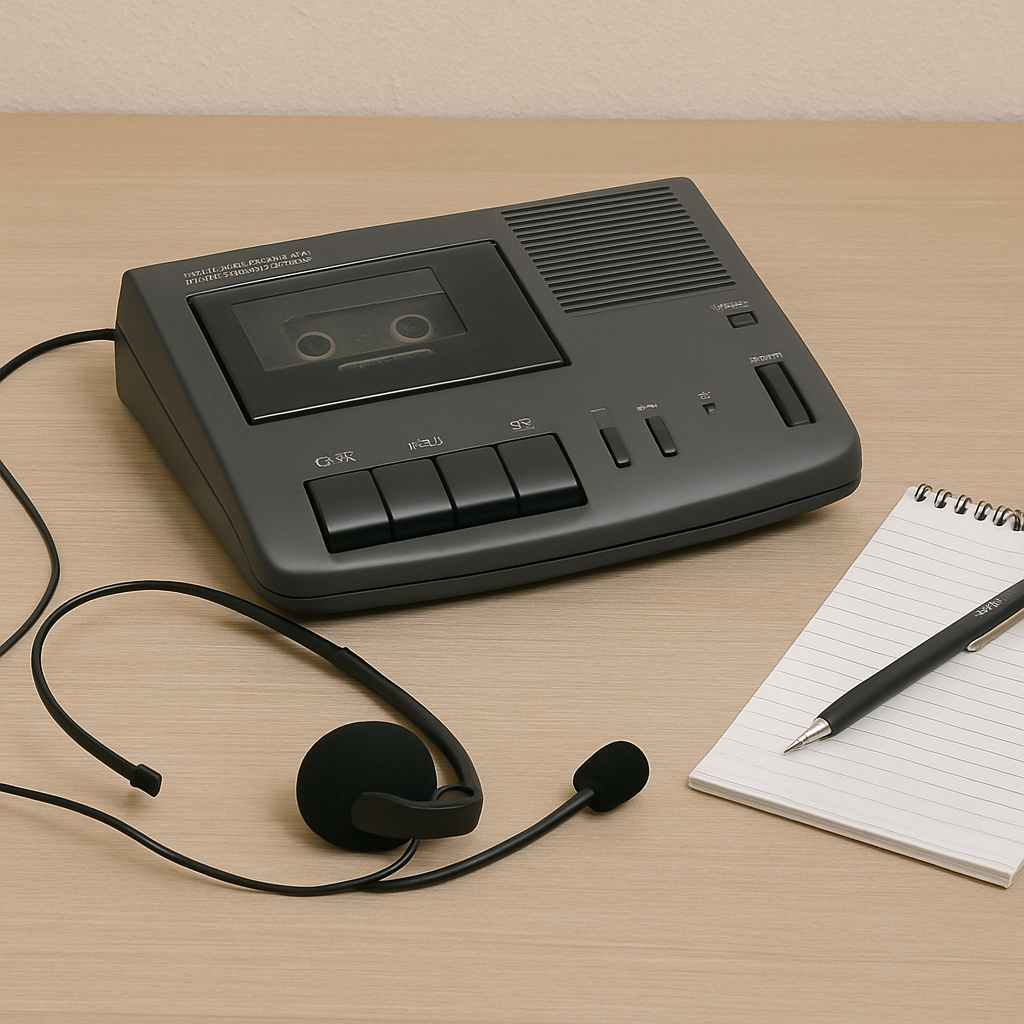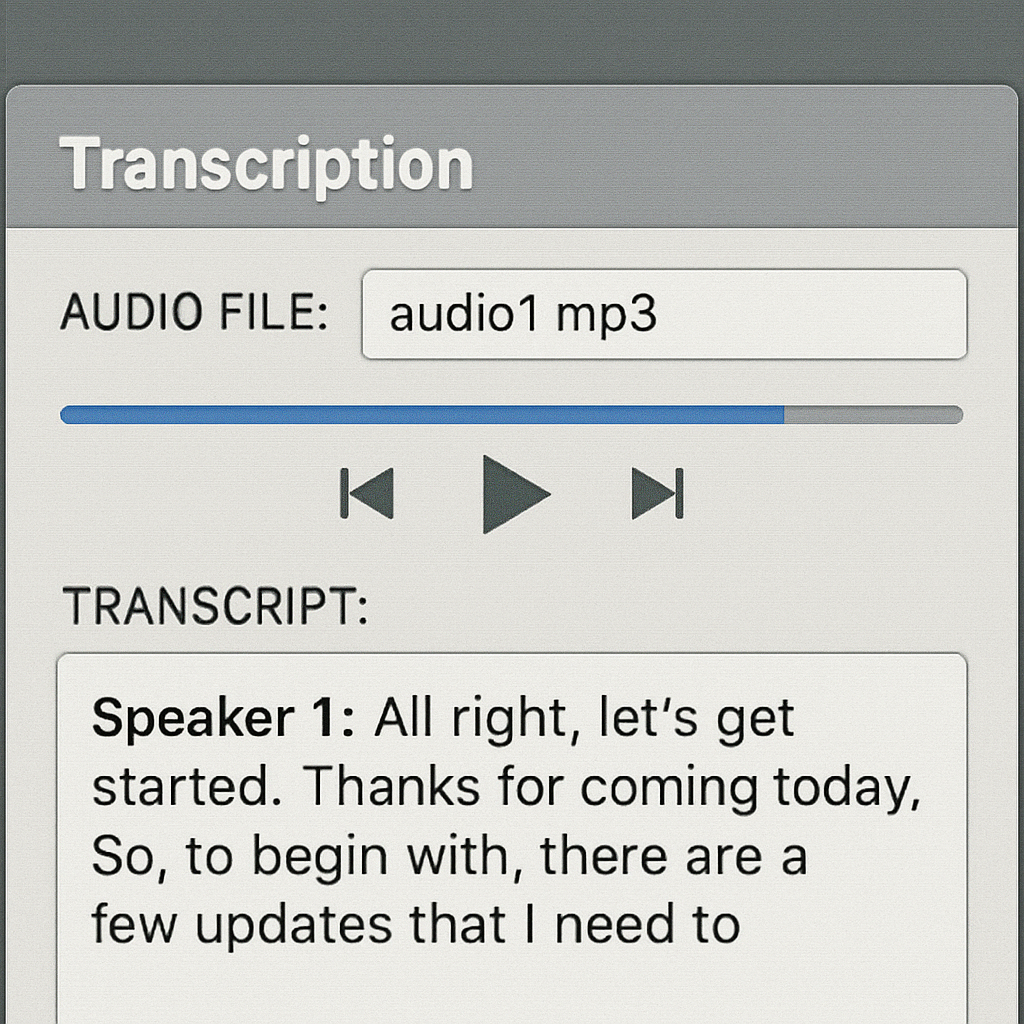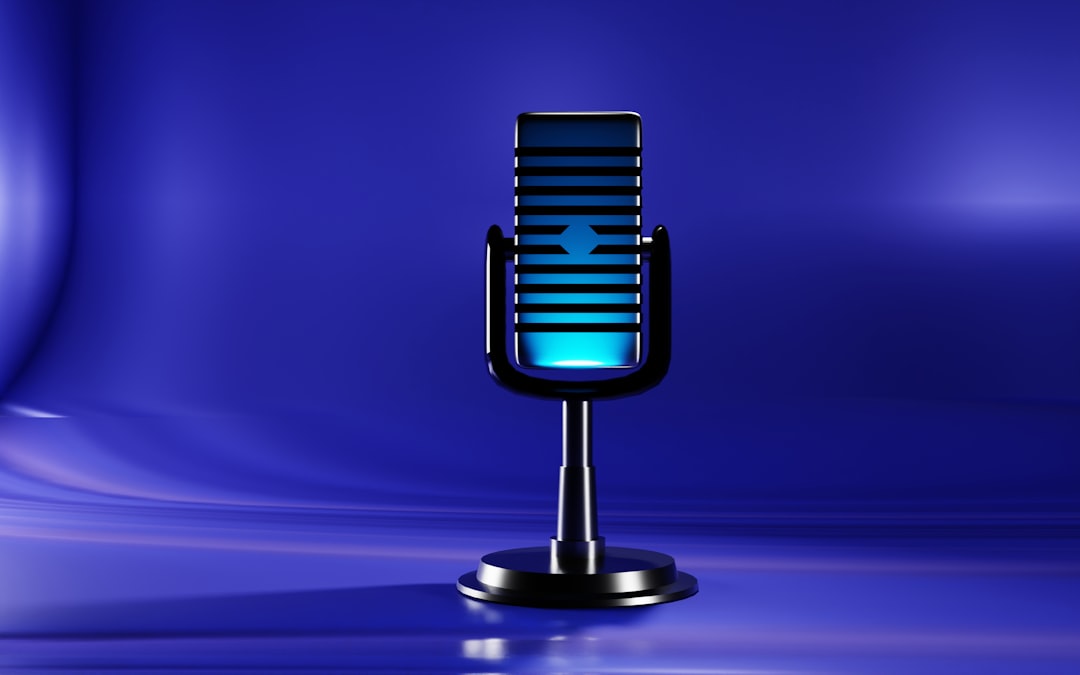
Transcription machines, often referred to as voice-to-text tools, are devices or software applications designed to convert audio recordings into written text. They are commonly used in various industries to streamline the documentation process, making it easier to create accurate records of meetings, interviews, lectures, and more. These tools have become critical in environments where speed and accuracy of information are paramount, such as in newsrooms, lecture halls, and legal offices. As technology advances, these machines continue to integrate more sophisticated features, such as real-time transcription and multi-language support, broadening their utility even further.
Key Uses of Transcription Machines
The primary use of transcription machines is to transform spoken language into written form. This capability has a wide range of applications across different fields:
- Journalism and Media: Journalists frequently use transcription machines to quickly transcribe interviews and press conferences, allowing them to focus on crafting compelling stories rather than spending hours typing. This rapid transcription capability enables journalists to meet tight deadlines and deliver news promptly. Furthermore, having a written record of interviews allows for more thorough analysis and fact-checking, enhancing the credibility of their stories.
- Academic Research: Students and researchers can use transcription tools to transcribe lectures, interviews, and focus group discussions, making it easier to analyze and reference important information. This is particularly useful for those conducting qualitative research, where detailed analysis of spoken content is crucial. Transcription machines also help in creating comprehensive study notes, which can be shared among peers, facilitating collaborative learning.
- Business Meetings: In the corporate world, transcription machines help in creating accurate records of meetings and conferences, ensuring that nothing is missed and facilitating better communication among team members. This ensures that key points and decisions are documented, aiding in project management and strategic planning. Additionally, transcriptions can be distributed to stakeholders who were unable to attend, keeping everyone in the loop.
- Legal Documentation: Legal professionals use transcription devices to transcribe court proceedings, depositions, and client interviews, which are essential for case preparation and documentation. Accurate transcriptions are vital in the legal field to ensure that every detail is captured for future reference. These records are indispensable for preparing legal arguments and maintaining transparency in judicial processes.
Features of Transcription Machines

Transcription machines come with a variety of features designed to enhance accuracy and ease of use. These features are crucial in ensuring that users can rely on the machines for their transcription needs without encountering technical issues. Here are some of the most important features to look for:
1. Speech Recognition Technology
One of the core features of transcription machines is advanced speech recognition technology. This enables the device to accurately capture spoken words and convert them into text with minimal errors. Modern transcription tools often incorporate machine learning algorithms to improve accuracy over time. These algorithms adapt to individual speech patterns, accents, and terminologies, making the transcription process more personalized and precise. As speech recognition technology continues to evolve, we can expect even higher levels of accuracy and the ability to handle complex audio scenarios.
2. Multi-Format Support
A good transcription machine should support multiple audio formats, such as MP3, WAV, and AIFF. This flexibility ensures that users can transcribe recordings from different sources without compatibility issues. Being able to handle various formats allows users to seamlessly integrate transcription tools into their existing workflows, regardless of the recording equipment used. This feature is particularly beneficial for professionals who deal with audio files from diverse sources, such as international media correspondents or multinational corporations.
3. Customizable Dictionaries
To improve transcription accuracy, many machines offer customizable dictionaries. Users can add specific terms, names, or industry jargon to the dictionary, allowing the software to recognize and correctly transcribe these unique words. This feature is especially useful in specialized fields such as medicine, law, or technology, where industry-specific terminology is prevalent. Customizable dictionaries enable users to maintain consistency and accuracy in their transcriptions, reducing the need for extensive post-editing.
4. Playback Controls
Playback controls, such as play, pause, rewind, and fast-forward, are essential features for efficient transcription. These controls allow users to replay specific sections of the audio to ensure accuracy and completeness. This feature is particularly useful for lengthy recordings, where transcribers may need to revisit sections multiple times. Enhanced playback controls can also include speed adjustment options, allowing users to slow down or speed up audio as needed, further facilitating the transcription process.
5. Time Stamping
Time stamping is a valuable feature for those who need to reference specific points in a recording. It allows the user to insert time codes into the transcription, making it easy to locate particular segments of the audio. This is particularly beneficial in legal and academic settings, where precise referencing of audio content is critical. Time stamping ensures that users can quickly navigate through transcripts, enhancing the usability and efficiency of the document.
6. Cloud Integration
Many modern transcription tools offer cloud integration, enabling users to store and access their transcriptions from anywhere. This feature is especially useful for teams working remotely or across different locations. Cloud integration ensures that transcriptions are securely stored and easily accessible, facilitating collaboration and sharing. Additionally, it provides a backup for important documents, safeguarding them against data loss or hardware failures.
How Transcription Machines Work

Transcription machines utilize a combination of hardware and software to convert audio into text. This intricate process involves several key stages, each crucial to achieving accurate transcriptions. Here’s a basic overview of how they function:
Audio Input
The process begins with audio input, which can be captured through a microphone or uploaded from a pre-recorded file. High-quality audio is crucial for accurate transcription, so it’s important to minimize background noise and ensure clear speech. The quality of the audio input significantly impacts the transcription accuracy, making it essential to use reliable recording equipment. In some cases, advanced noise-cancellation technology can be employed to enhance audio clarity, further improving transcription results.
Speech Recognition
Once the audio input is received, the transcription machine uses speech recognition technology to analyze the sound waves and identify individual words. This involves breaking down the audio into phonetic components and matching them with known words in the software’s database. This stage is where the machine’s algorithms work tirelessly to distinguish between similar-sounding words, accents, and dialects, ensuring that the text output is as close to the original speech as possible.
Text Conversion
After recognizing the spoken words, the transcription machine converts them into written text. Advanced algorithms help reduce errors and improve the overall accuracy of the transcription. These algorithms are continuously updated to enhance their ability to understand natural language, making them more adept at handling complex sentence structures and idiomatic expressions. The result is a more natural and readable transcription that requires minimal editing.
Editing and Review
While transcription machines are highly accurate, they are not infallible. Users may need to review and edit the transcribed text to correct any errors or add formatting as needed. This step ensures that the final document is polished and professional. Editing is also an opportunity to verify key details and ensure that the transcription aligns with the user’s specific requirements, such as formatting standards or style guides.
Benefits of Using Transcription Machines
Transcription machines offer numerous benefits that make them a valuable tool for individuals and businesses alike. These benefits extend beyond mere convenience, impacting productivity, accessibility, and cost-efficiency:
- Time Savings: By automating the transcription process, these machines save users a significant amount of time that would otherwise be spent manually typing out recordings. This allows professionals to allocate their time to more critical tasks, enhancing overall efficiency. The time saved can be redirected towards strategic activities, research, or client engagement, ultimately benefiting the organization.
- Increased Productivity: With transcription machines handling the heavy lifting, professionals can focus on higher-level tasks, boosting overall productivity. The quick turnaround of transcriptions allows for faster decision-making and execution of projects. As a result, teams can maintain momentum and achieve their goals more rapidly, giving them a competitive edge.
- Improved Accuracy: Advanced speech recognition technology ensures a high level of accuracy, reducing the likelihood of errors in the final document. This is crucial for maintaining the integrity of the information being transcribed, especially in fields where precision is paramount. Accurate transcriptions minimize the need for extensive revisions, ensuring that the final documents are reliable and ready for use.
- Accessibility: Transcription machines make audio content more accessible to individuals who are deaf or hard of hearing, as well as those who prefer reading over listening. This inclusivity ensures that everyone can access and benefit from the information being shared, regardless of their preferred mode of communication. Moreover, transcriptions can be translated into multiple languages, broadening their accessibility on a global scale.
- Cost-Effective: By reducing the need for manual transcription services, these machines can help organizations save on labor costs. Investing in transcription technology can lead to significant long-term savings, as the cost of employing human transcribers is substantially higher. Additionally, the scalability of transcription machines allows organizations to handle larger volumes of work without proportional increases in cost.
Choosing the Right Transcription Machine
When selecting a transcription machine, it’s important to consider your specific needs and requirements. With a variety of options available, understanding the key factors to evaluate can help you make an informed decision. Here are a few factors to keep in mind:
- Accuracy: Look for a machine with a proven track record of accuracy, especially if you work in a field where precision is critical. Research customer reviews and testimonials to gauge the reliability of the machine’s speech recognition capabilities. Consider machines that offer updates and improvements to their algorithms, ensuring that you benefit from the latest advancements in technology.
- Ease of Use: Choose a tool that is user-friendly and offers intuitive controls, so you can start transcribing with minimal training. A straightforward interface and clear instructions can significantly reduce the learning curve, allowing users to become proficient quickly. Additionally, look for machines that offer customer support and resources, such as tutorials or user forums, to assist with any queries.
- Compatibility: Ensure that the machine supports the audio formats you commonly use and integrates with your existing software or systems. Compatibility with your current workflow is crucial for seamless integration and avoiding disruptions. Check for additional features such as API support or compatibility with popular productivity tools to enhance your transcription experience.
- Price: Consider your budget and compare the features offered by different transcription machines to find the best value for your investment. While some machines may have a higher upfront cost, their advanced features and long-term benefits may justify the expense. Assess the potential return on investment by considering factors such as time savings, productivity gains, and reduced labor costs.
In conclusion, transcription machines are powerful tools that can revolutionize the way you handle audio recordings. By understanding their uses, features, and functioning, you can make an informed decision and choose the right machine to meet your needs. As technology continues to advance, the capabilities of transcription machines will only improve, offering even greater benefits to users across various industries. Embracing this technology can lead to increased efficiency, accuracy, and accessibility, ultimately enhancing your professional endeavors.


